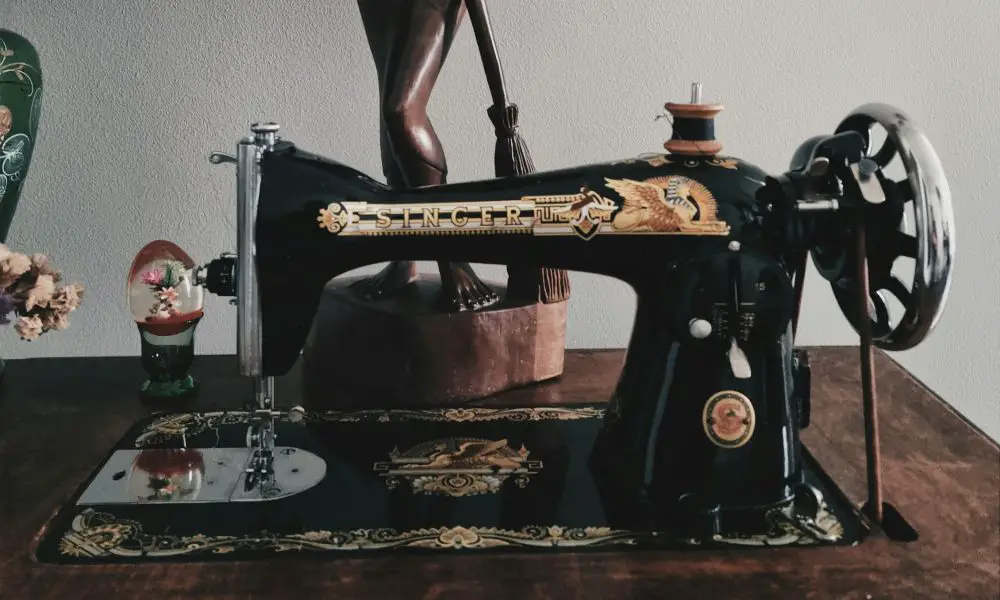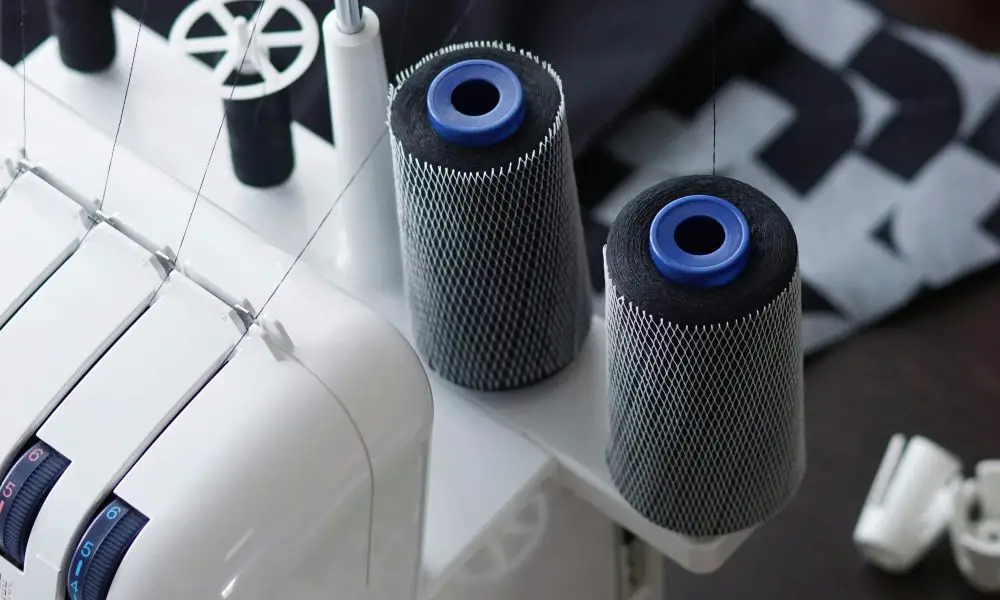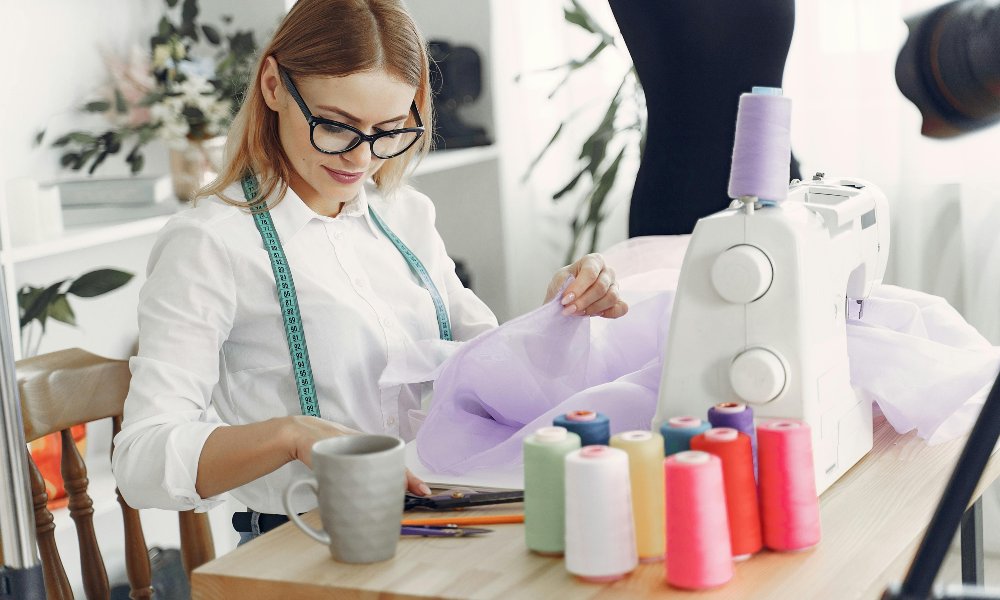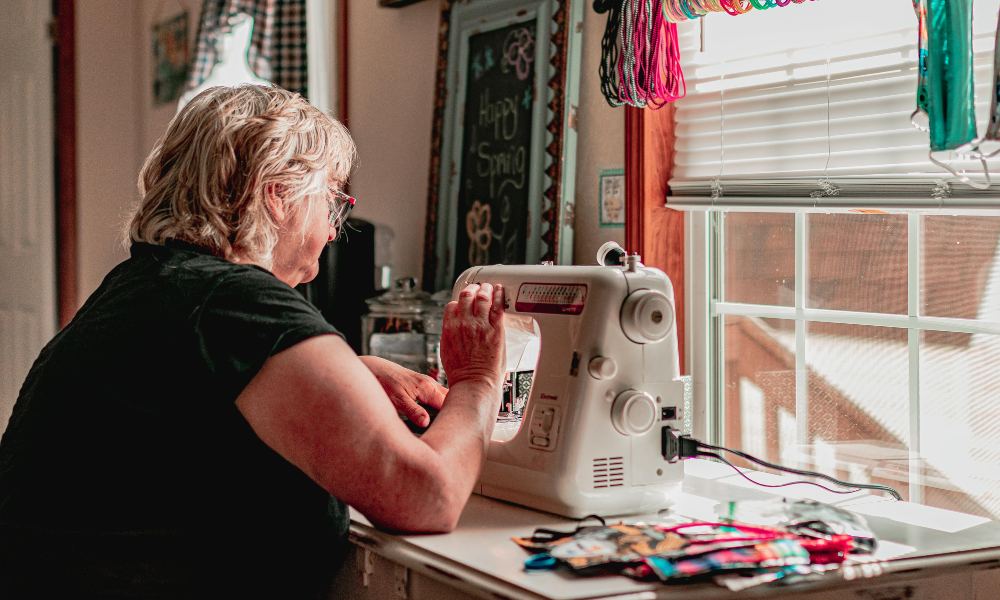The sewing machine, a revolutionary invention that transformed the textile industry and domestic life, has a rich history dating back to the early 19th century. Here’s a concise overview of when and how this game-changing machine came to be:
- In the 1790s, Thomas Saint patented an early sewing machine design, but it lacked practicality.
- In 1830, Barthélemy Thimonnier patented a machine that could efficiently stitch straight seams.
- In 1846, Elias Howe patented the first efficient sewing machine with a curved needle and lock-stitch design.
- Isaac Singer patented an improved design in 1851, featuring a foot treadle for more straightforward operation.
- The Singer Sewing Machine Company led the mass production and commercialization of sewing machines.
Are you intrigued by the fascinating history behind this revolutionary invention? Let’s dive into the captivating details!
The Early Pioneers
Thomas Saint’s Ambitious Attempt
In 1790, British inventor Thomas Saint was among the first to conceptualize and patent a design for a sewing machine. His invention, while innovative for its time, lacked the practical functionality needed for widespread adoption. Nevertheless, Saint’s efforts paved the way for future advancements in automated stitching.
Barthélemy Thimonnier’s Groundbreaking Machine
It wasn’t until 1830 that Barthélemy Thimonnier, a French tailor, patented a machine capable of efficiently stitching straight seams. Thimonnier’s invention was a significant step forward, but its success was short-lived due to riots by French tailors who feared unemployment. Despite this setback, Thimonnier’s machine demonstrated the potential for mechanized sewing and inspired others to refine the technology.
Elias Howe: The Father of the Sewing Machine
Patenting a Practical Design
In 1846, American inventor Elias Howe patented the first truly practical sewing machine design. His machine featured a curved needle with an eye at the pointed end, allowing it to create a lock-stitch by interlocking two threads. This innovation addressed the limitations of previous designs and laid the foundation for the modern sewing machine.
Overcoming Challenges and Finding Success
Despite his groundbreaking invention, Howe initially struggled to find success. He faced financial difficulties and even had to work as a machinist for a time. However, his perseverance paid off, and his patent attracted the attention of investors and manufacturers, paving the way for the sewing machine industry’s growth.
The Rise of the Sewing Machine Industry
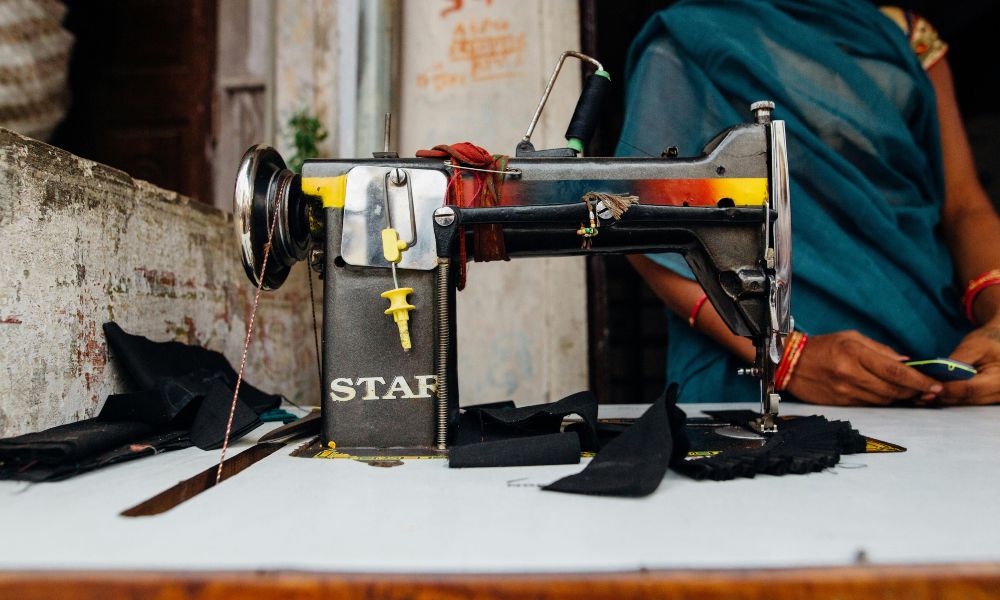
Isaac Singer’s Improved Model and Commercialization
While Howe’s patent was a significant breakthrough, Isaac Singer truly commercialized the sewing machine. In 1851, Singer patented an improved design featuring a foot-treadle mechanism, making the machine easier to operate. His company, the Singer Sewing Machine Company, became a driving force in the industry, mass-producing affordable machines for households and factories worldwide.
Transforming Textile Manufacturing and Domestic Life
The sewing machine’s impact on textile manufacturing was profound, revolutionizing the production of clothing, upholstery, and other fabric-based goods. It facilitated swifter and more streamlined manufacturing procedures, exerting a notable influence on the Industrial Revolution and the expansion of the garment sector.
Beyond its industrial applications, the sewing machine also significantly impacted domestic life, particularly for women. It enabled women to generate household income or pursue artistic projects by streamlining sewing tasks at home. The sewing machine became a symbol of empowerment and self-sufficiency.
The Legacy and Continuing Evolution
Celebrating a Game-Changing Invention
The sewing machine’s invention marked a pivotal moment in history, revolutionizing textile manufacturing and domestic life. From Elias Howe’s initial patent to the mass commercialization by companies like Singer, this remarkable invention has left an indelible mark on our world, paving the way for future innovations.
Advancements and Modern Sewing Machines
While the sewing machine’s basic principles have remained unchanged, the technology has continued to evolve. Modern sewing machines are highly advanced, featuring computerized controls, automatic thread cutters, and a wide range of stitch patterns. They address industrial and household requirements, showcasing this pioneering invention’s enduring influence and adaptability.
FAQs
When was the first practical sewing machine patented?
The first efficient sewing machine design was patented by Elias Howe in 1846. His machine featured a curved needle with an eye at the pointed end, allowing it to create a lock-stitch by interlocking two threads.
Who commercialized the sewing machine and made it widely available?
Isaac Singer played a pivotal role in commercializing the sewing machine. In 1851, he patented an improved design featuring a foot-treadle mechanism, and his company, the Singer Sewing Machine Company, led the mass production and distribution of affordable machines for households and factories.
How did the sewing machine impact the textile industry?
The sewing machine revolutionized textile manufacturing by enabling faster and more efficient production of clothing, upholstery, and other fabric-based goods. It wielded considerable influence during the Industrial Revolution and contributed to the expansion of the garment sector.
What was the impact of the sewing machine on domestic life?
The sewing machine facilitated sewing tasks at home, empowering women to contribute to household income or pursue creative endeavors. It became a symbol of female empowerment and self-sufficiency, transforming domestic life.
How have sewing machines evolved?
While the basic principles remain the same, modern sewing machines are highly advanced, featuring computerized controls, automatic thread cutters, and a wide range of stitch patterns. They address the requirements of both industrial and household sectors, showcasing the lasting influence and adaptability of this innovative creation.
***
The sewing machine’s invention was a testament to human ingenuity and perseverance. As we continue to explore and appreciate its rich history, what other groundbreaking innovations do you find inspiring?
***
Main image: pexels

